Overview
At least 90% of children with fever and petechiae will NOT have meningococcal disease. However, recognition and early treatment of the child with meningococcal disease is paramount. All children with fever and petechiae should be reviewed by a registrar or consultant. If invasive meningococcal disease is suspected, administer parenteral antibiotics immediately, but do not delay hospital admission.
| Remember A cardinal sign of a purpuric rash is that it does not blanch on pressure, unlike exanthema, telangiectases, or allergic rashes. |
| Definitions Petechiae: Pinpoint non-blanching spots. Purpura: Larger non-blanching spots (>2mm) |
| Remember The majority of children with fever and petechiae do not have a cause identified – they are presumably due to viral infections. |
Approach
- History
- Age
- Neonates and infants – congenital bleeding disorders, acquired thromboyctopaenia, possible child abuse
- Children – Above diagnosis + immune thrombocytopaenia purpura, viral infection, Henoch-Schonlein pupura, milder congenital bleeding disorders
- Time course
- Distribution of purpura
- Drug history
- Age
- Examination
- General
- Skin examination
- Lymph nodes
- Hepatomegaly
- Splenomegaly
- Investigations
- FBC
- Peripheral blood smear
- Prothrombin time (PT) and INR
- Activated partial thromboplastin time (APTT)
Differential Diagnosis based on Platelet Count
Purpuric rash + Normal thrombocyte levels (Thrombocytopenic purpuric syndromes)
- Henoch Schonlein pupura
- Cutaneous small vessel vasculitis
- Kawasaki disease
- Leukocytoclastic vasculitis
- Hand, foot and mouth disease (Coxsackie virus)
- Papular-purpuric gloves and socks syndrome (PPGSS)
- Atypical measles
- Meningococcemia
- Rickettsial diseases
- Gianotti–Crosti syndrome
- Vitamin D deficiency
| Henoch Schonlein pupura triad: Abdominal pain, rash starting from lower limb and moving up, arthlagia. |
Purpuric rash + Thrombocytopaenia
- Immune thrombocytopaenia
- Haemolytic uremic syndrome
- Thrombotic thrombocytopaenia purpura
- Disseminated intravascular coagulation
- Haematological malignancy (eg leukaemia)
- Drug induced thrombocytopaenia
- Inherited thrombocytopaenia
- Sequestration of platelets in the spleen
- Portal hypertension
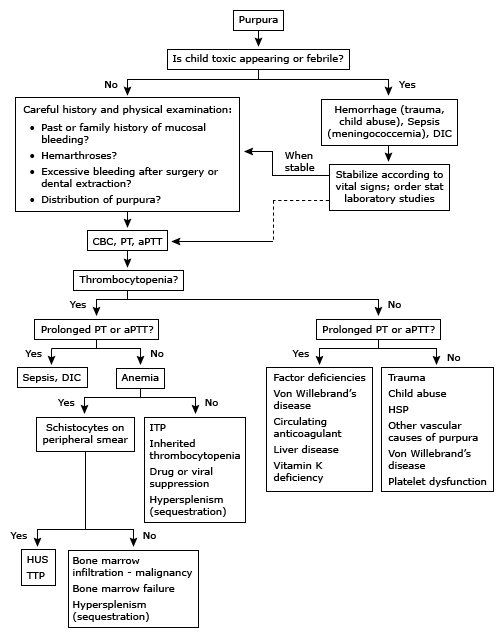

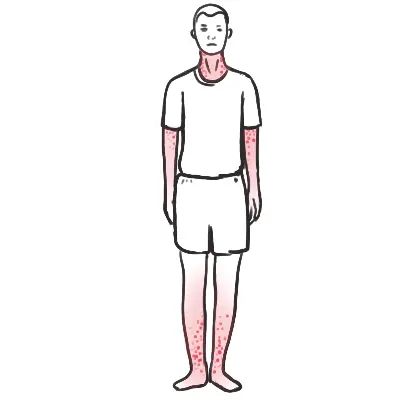
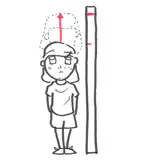
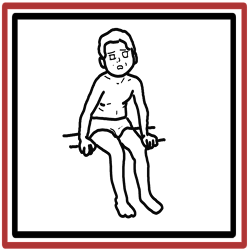
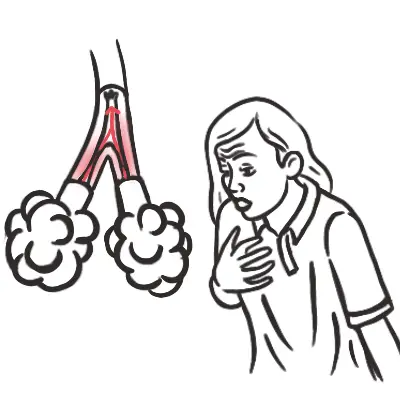
Discussion